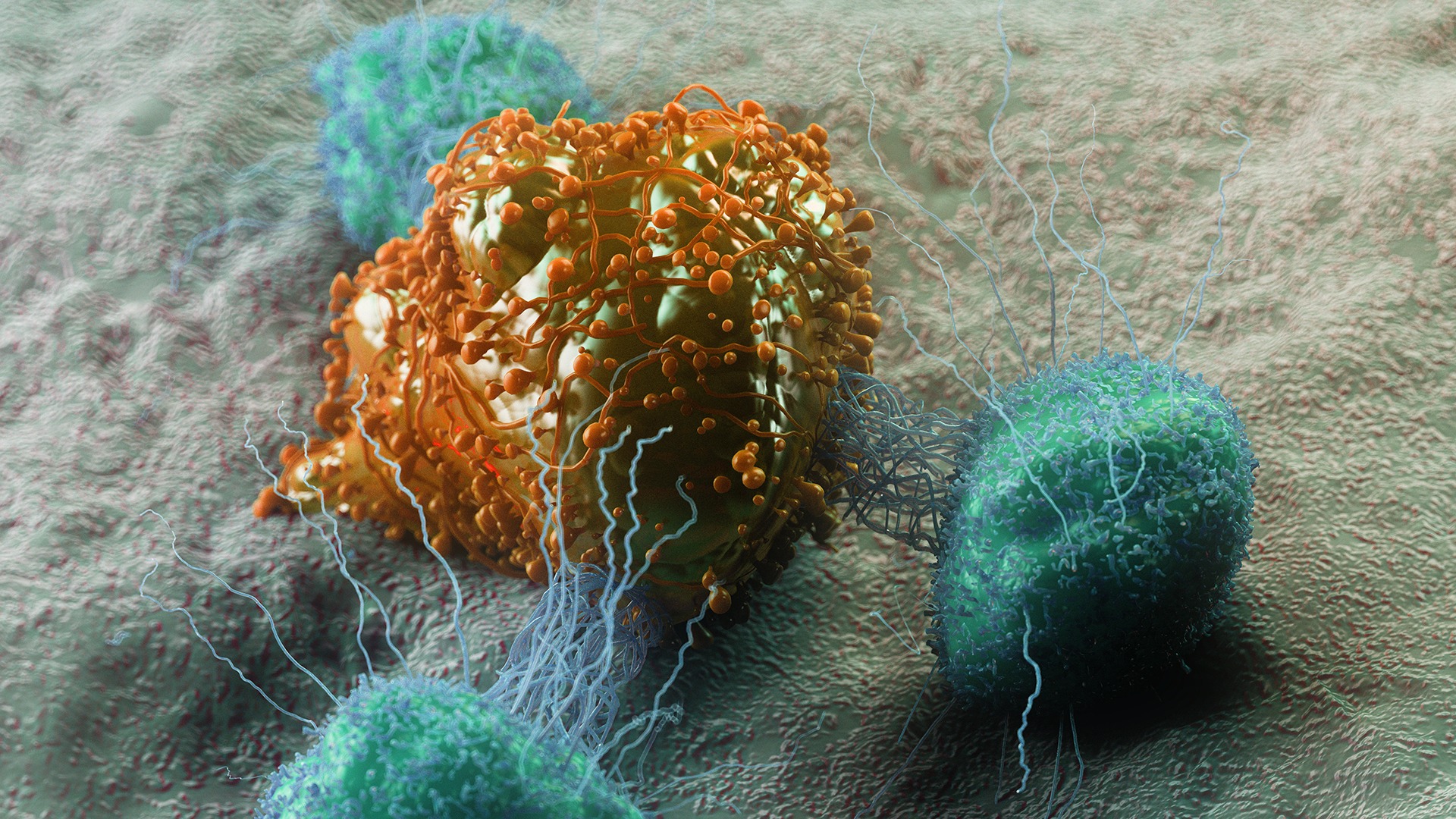New tool to explore the biology of childhood ALL and facilitate selection of targeted treatments for validation.
Facilitated by the SciLifeLab National Genomics Infrastructure (NGI), Researchers from Karolinska Institutet and SciLifeLab, have created a cell line resource dataset and analysis tool that can be used to identify traits that make specific leukemias sensitive to new types of targeted therapies. Their results have been published in Nature Communications.
With around 30 percent of all cases, Acute Lymphoblastic Leukemia (ALL) is the most common childhood cancer. Even though standard-of-care chemotherapeutics, such as chemotherapy and stem cell transplantation, are sufficient for most ALL cases, around 15-20 percent respond poorly to the available treatments. In addition, 80 percent of all ALL-patients suffer from a post-treatment life-threatening medical event around the age of 45, an effect hypothesized to result from the severity and duration of ALL treatment protocols, therefore there is a need for new therapeutic approaches for the treatment of high-risk patients.
By using targeted therapy protocols, the risk of post-treatment health complications can be reduced, along with improved outcomes and lowered resistance development to the chemotherapy treatment. In a recent study, facilitated by the SciLifeLab National Genomics Infrastructure (NGI), researchers from Karolinska Institutet, including SciLifeLab Director Olli Kallioniemi, and SciLifeLab researchers Päivi Östling and Janne Lehtiö, a comprehensive multi-omic analyses of 49 different readily available childhood ALL cell lines was performed, using proteomics, transcriptomics, and pharmacoproteomic characterization. This was done in order to find out more about the biology underlying differences between ALL-subtypes and their response to 528 different targeted treatments, clinically approved or under investigation.
Comparing how different cell lines responded to different drugs, the researchers could shed light on the mechanisms responsible for the sensitivity or resistance to the certain drugs. The researchers managed to identify an unexpected sensitivity towards a type of immunomodulatory drug, which increases the strength of the molecular signals that usually activate immune cells, in a higher risk ALL subtype.
The researchers also created a web-based platform which allows the public to explore and analyze the dataset and generate new hypotheses.
“We will further validate the results in the dataset with the highest potential for future clinical benefit. We aim to expand the represented subtypes of childhood leukemia in the dataset, and to explore our drug sensitivity and biological mechanism results in more clinically relevant models. We are also developing new methods to understand drug activity and to analyze and interpret similar comprehensive datasets by measuring additional molecular parameters”, says last author and responsible for the project, Rozbeh Jafari.
The research was financed by Swedish Childhood Cancer Foundation, Swedish Research Council, Felix Mindus Contribution to Leukemia research, Dr. Åke Olsson Foundation for Hematological Research, Magnus Bergvalls Stiftelse, Cancer Society Stockholm and the King Gustaf V Jubilee Fund.





